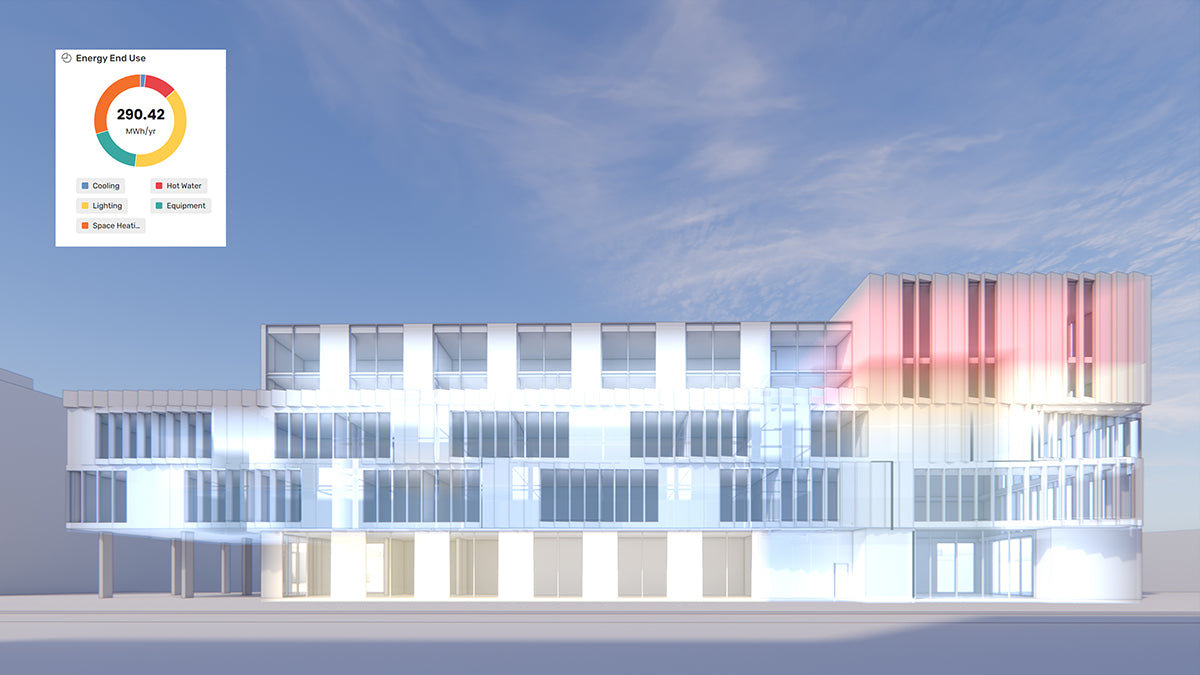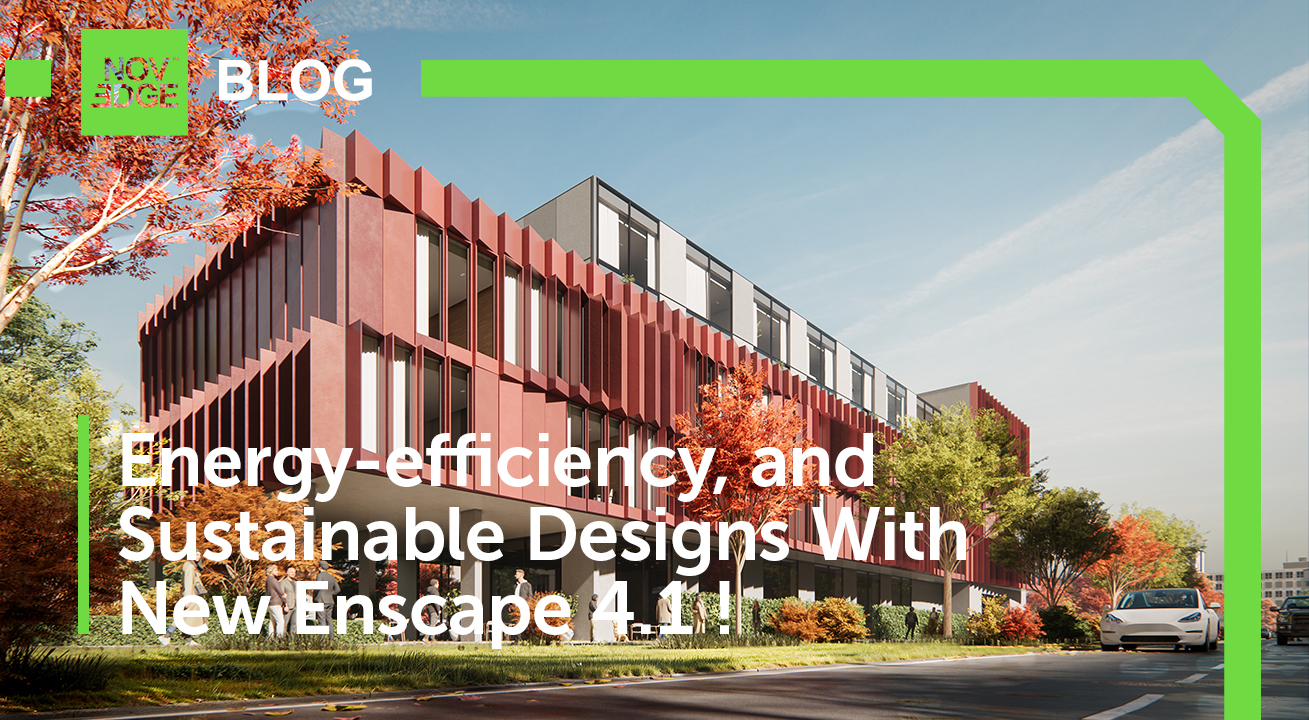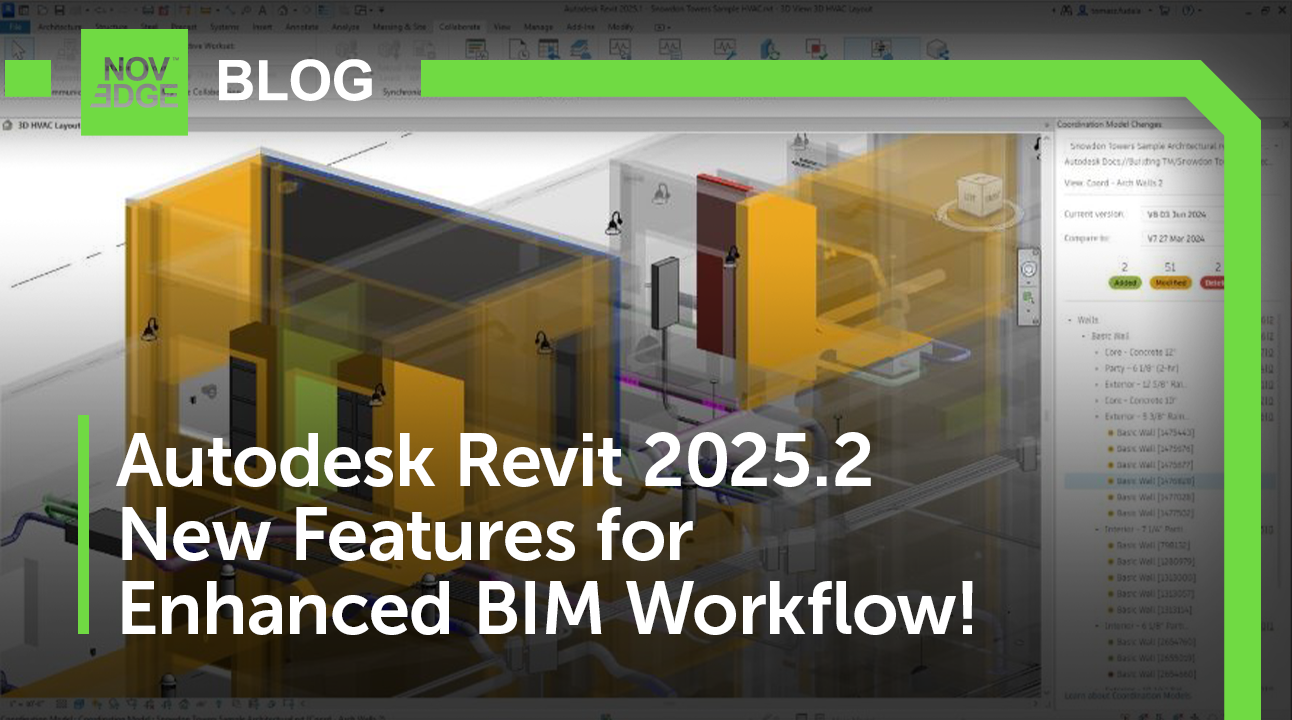Your Cart is Empty
Customer Testimonials
-
"Great customer service. The folks at Novedge were super helpful in navigating a somewhat complicated order including software upgrades and serial numbers in various stages of inactivity. They were friendly and helpful throughout the process.."
Ruben Ruckmark
"Quick & very helpful. We have been using Novedge for years and are very happy with their quick service when we need to make a purchase and excellent support resolving any issues."
Will Woodson
"Scott is the best. He reminds me about subscriptions dates, guides me in the correct direction for updates. He always responds promptly to me. He is literally the reason I continue to work with Novedge and will do so in the future."
Edward Mchugh
"Calvin Lok is “the man”. After my purchase of Sketchup 2021, he called me and provided step-by-step instructions to ease me through difficulties I was having with the setup of my new software."
Mike Borzage
An Interview with Giuseppe Massoni, Jewelry Designer and Rhino 3D Guru
April 27, 2007 5 min read

Giuseppe Massoni is a jewelry designer and a Rhino 3D guru. He is a Tech Support Specialist as well as a Rhino Training Specialist for Robert McNeel & Associates (McNeel Europe), and is also in charge for the Italian Rhino Newsgroup. Giuseppe is a well-known and highly respected member of the Rhino community. He is also the author of "Modeling and Mold making for Jewelry Designers," a popular training CD published by Robert McNeel & Associates.
The recent release of Rhino 4.0 is consolidating the success of Rhino in the jewelry design industry. Giuseppe Massoni is the right person to help us understand the reason behind the success of Rhino 3D and the evolution of jewelry design from its ancient traditions. Here is the interview:
Giuseppe, can you tell us a bit about yourself and your professional activities?
Jewelry is a family business since 1790
47 years old, Industrial Designer with Jewelry as part of my DNA. Jewelry is a family business since 1790, so I guess there must be something genetic by now. I have been behind Design & Production since 1982. By the end of the eighties I started investigating if CG could be integrated in the jewelry design and production work flow at some point. It was the Amiga time. Few years later the scenario was more inviting with more productive software and finally I got involved with Rhinoceros. That was the turning point.
Aside from my activity within the McNeel family, jewelry design takes a large part of my work but I also freelance Industrial Design in other areas. Packaging and display material mostly.
Many of us still have this image of a jewelry designer as a traditional, old fashioned job, even though the reality is quite different. Coming from a family with a long history in the jewelry business, you have been part of this transformation. Can you share with us your experience?
Yes, transformation is the right term. But in reality it’s been much less aggressive than one would expect. CG, rapid prototyping are just tools and they come in only at given stages of jewelry design/production. Basically the new tools will help up to a prototype. From this point on is all traditional work.
In a way modern casting and laser welding have impact the work flow more radically but with less glamor. As for all innovations you need to proof that they are a real, tangible advantage and honestly when you are experimenting them they are not. I asked my Company to invest in research and letting me try to integrate technologies not traditionally belonging to jewelry. I am happy they let me try. I think now everybody is happy about it. By 1995 we had a full CAD/CAM integrated work-flow for our production. Of course not everything needs to be computer designed. I try to use the right tool for a given task.
You are well-known as one of the most advanced Rhino users. What are the professional benefits for users interested in further training in Rhino?
As an Industrial Designer the benefit of being a skilled user of Rhino is that you have better chances to communicate with your partners. Rhino is sometimes used as data interchange platform, this is to say that if you can model professionally in Rhino almost everyone will be able to see your work and use it.
In jewelry design Rhino is becoming a standard. This is a fact.
The Rhino community is thriving and probably the best marketing tool for the all of the Robert McNeel & Associates products. As an active and prominent member of this community, what has been your experience? Do you believe the same model can be applied successfully to other types of businesses?
This is very interesting. I am not sure if the community is a marketing tool but it’s out of the question that customer satisfaction is at the first place. The community it’s rather a consequence of this. In this sense doing Tech Support is a fantastic experience. Being at the front end of a Company known for it’s support is truly rewarding. A unique opportunity to learn from people doing the most incredible things with the software.
We have a very successful Newsgroup. The Italian one is the second most important after the English one. I am very proud of this because my goal, when we started splitting Newsgroups into language ones was to keep rolling the same enthusiasm and overall attitude between users that the original Newsgroup had. I have seen several cases of help needed where supposed competitors helped each other. I don’t think it’s a question of types of business, I would say it’s a way of how you see the idea of business.
Rhino is seldom used as the only software product in a design and manufacturing process. What are the most common combinations seen and what are the benefits in combining Rhino with other software tools for the end-user?
The biggest advantage of having software combinations or plug-ins is that you can take the best from each part. There has been a great interest in the Rendering area and now Rhino can work in combination with the most advanced rendering engines. CAM is another big sector.
It is really amazing, even looking at this from the "inside", to see the number of new plug-ins coming out in the most different areas.
How do you combine the artistic talent of a jewelry designer with the technical talent of a Rhino trainer and expert?
if you can’t sketch it on a piece of paper you wont be able to model it
Happily having fun.
I start from hand sketches, which usually come after preparatory work (books, research..study) then more hand sketches… and finally I start to model. When I teach Rhino I always say that the program con not do what the user is unable to see. In other words: if you can not sketch it on a piece of paper chances are you wont be able to model it. The artistic talent is what makes someone handle gracefully the curvature of a curve, as an example. Doing this with technological tools on the monitor just makes it more easy. A talented designer can do this on the sand with a stick just as well. One of the best advantages of Rhino is that it really asks for a minimal technical talent leaving you concentrate on the artistic part. There is one circumstance when I only use the software, no preliminary sketching. It’s like "Rhino Design Aerobics". After all this is a fantastic tool to help investigate 3D space, so I sort of wonder into it ,experimenting modeling strategies with no final object fixed in my mind. I find it very relaxing and sometimes the result would be very hard to imagine before. It’s like workout… but more fun.
Jewelry design is a well established tradition in some European countries like Italy and Spain. How is the European jewelry tradition different from the American one?
Jewelry is a big tradition in Italy. Design is pretty much in the same direction. I think that the majority of the production is focused on a certain degree of innovation in terms of design.
In the States there is a well established amount of "classic" jewelry or, on the opposite side, some very design oriented one. The "in between" is what you would most likely find in Italian production.
I would like to thank Giuseppe Massoni for taking the time to speak with me today. If you have any questions for Giuseppe or for Novedge, please leave a comment below and we will be glad to answer.
Franco Folini
Also in NOVEDGE Blog

How the AEC Industry Shifted Towards Essential Sustainable Building Design
August 15, 2024 4 min read
Read More
Unlocking New Realms of Design with Enscape 4.1: Introducing Impact Add-on and Lot More
August 02, 2024 2 min read
Read More
Explore Autodesk Revit 2025.2: New Features and Enhancements for Enhanced BIM Workflows
July 30, 2024 3 min read
Read MoreSubscribe
Sign up to get the latest on sales, new releases and more …


